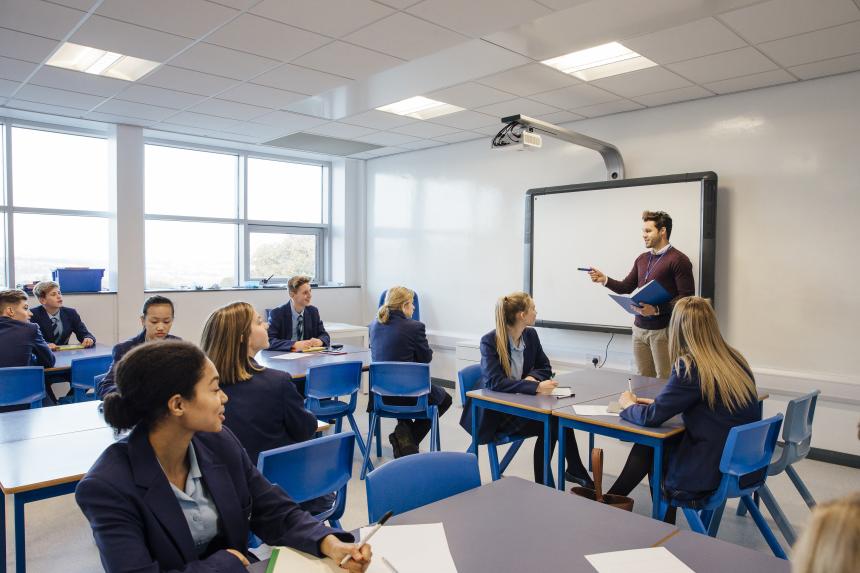
The best-performing school systems internationally strive to develop their teachers to be more effective instructors. Key to improvement is using evidence to incorporate “what works” or “tried and tested” practices into teaching and learning.
Australian school systems and sectors (for example, state government education departments, Catholic dioceses, and independent schools’ associations) have implemented a range of initiatives to support and increase use of evidence and evidence-based practice. However, there is a shortage of quality evidence to demonstrate which system- and sector-wide approaches (individually or in combination) are most effective (Cain 2015; Levin 2013; Nelson et al. 2014). The Australian Education Research Organisation (AERO) wants to understand how systems and sectors can best support evidence use in practice. But first, we need to better understand what systems and sectors are currently doing in this area.
To do this, we mapped common approaches used by school systems and sectors to support and increase evidence use in practice. To construct the map, AERO consulted representatives from school systems and sectors across all Australian states and territories and supplemented these findings with a desktop scan of school systems’ and sectors’ websites.
We identified 10 approaches commonly used by Australian school systems and sectors (see diagram below). We grouped the approaches into 3 broad, interlinked, categories: leadership and improvement, professional learning and support, and access.
This map shows how the approaches implemented by a school system or sector can work together to support and increase use of evidence and evidence-based practice. The use of multiple, complementary approaches is supported by research that suggests strategies focused on changing the behaviour of educators alone are insufficient and multiple interventions are required to increase evidence engagement and use by educators (Langer et al. 2016; Tripney et al. 2018).
One of the most common approaches identified to support evidence use across all the school systems and sectors was through a school improvement agenda. This approach typically supports evidence use in the classroom by linking the use of evidence or evidence-based practice to school-level priorities or goals. Systems and sectors often use complementary strategies to support school improvement. These can include, for example, professional learning programs or data collection and online dashboards.
What AERO is doing next
Supporting continuous school improvement is one of AERO’s 7 research priorities. AERO’s school improvement research in 2023 will explore how schools respond to key system-level school improvement strategies. We already know that some schools make use of these strategies and see improvement. However, some schools face challenges.
We will be working with schools that have seen improvement, as well as schools that have not seen improvement, to understand how the strategies are implemented and what impacts their implementation success. We will then take these learnings and work with systems and sectors to develop evidence-based guides for key school improvement strategies. Understanding how best to implement school improvement strategies will assist systems and sectors to strengthen and refine the effectiveness of the strategies they use.